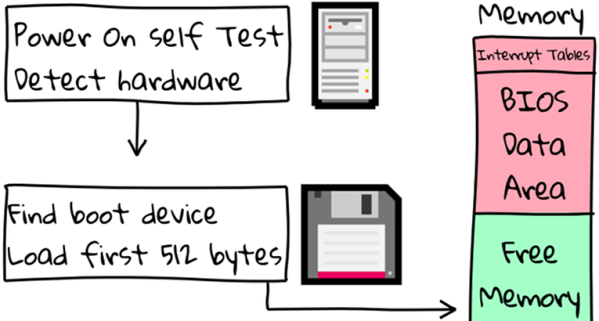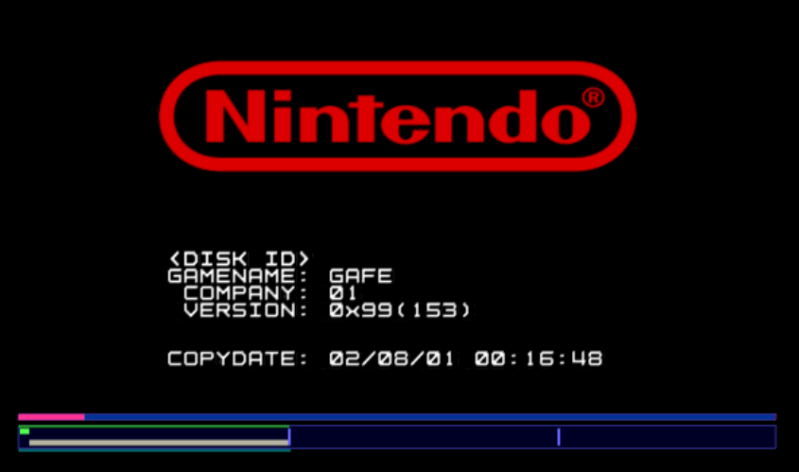Imagine having to program your computer by rewiring it. For a brief period of time around the mid-1940s, the first general-purpose electronic computers worked that way. Computers like ENIAC initially had no internal storage for code. Programming it involved manipulating thousands of switches and cables. The positions of those switches and cables were the program.
Kathleen Booth began working on computers just as the idea of storing the program internally was starting to permeate through the small set of people building computers. As a result, she was one of the first programmers to work on software and is credited with inventing assembly language. But she also got her hands dirty with the hardware, having built a large portion of the computers which she programmed. She also did some early work with natural language processing and neural networks. And this was all before 1962, making her truly a pioneer. This then is her tale.
Continue reading “Kathleen Booth: Assembling Early Computers While Inventing Assembly”



















